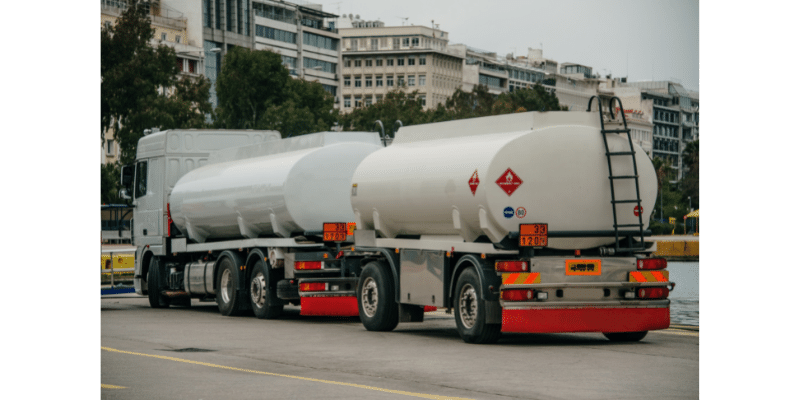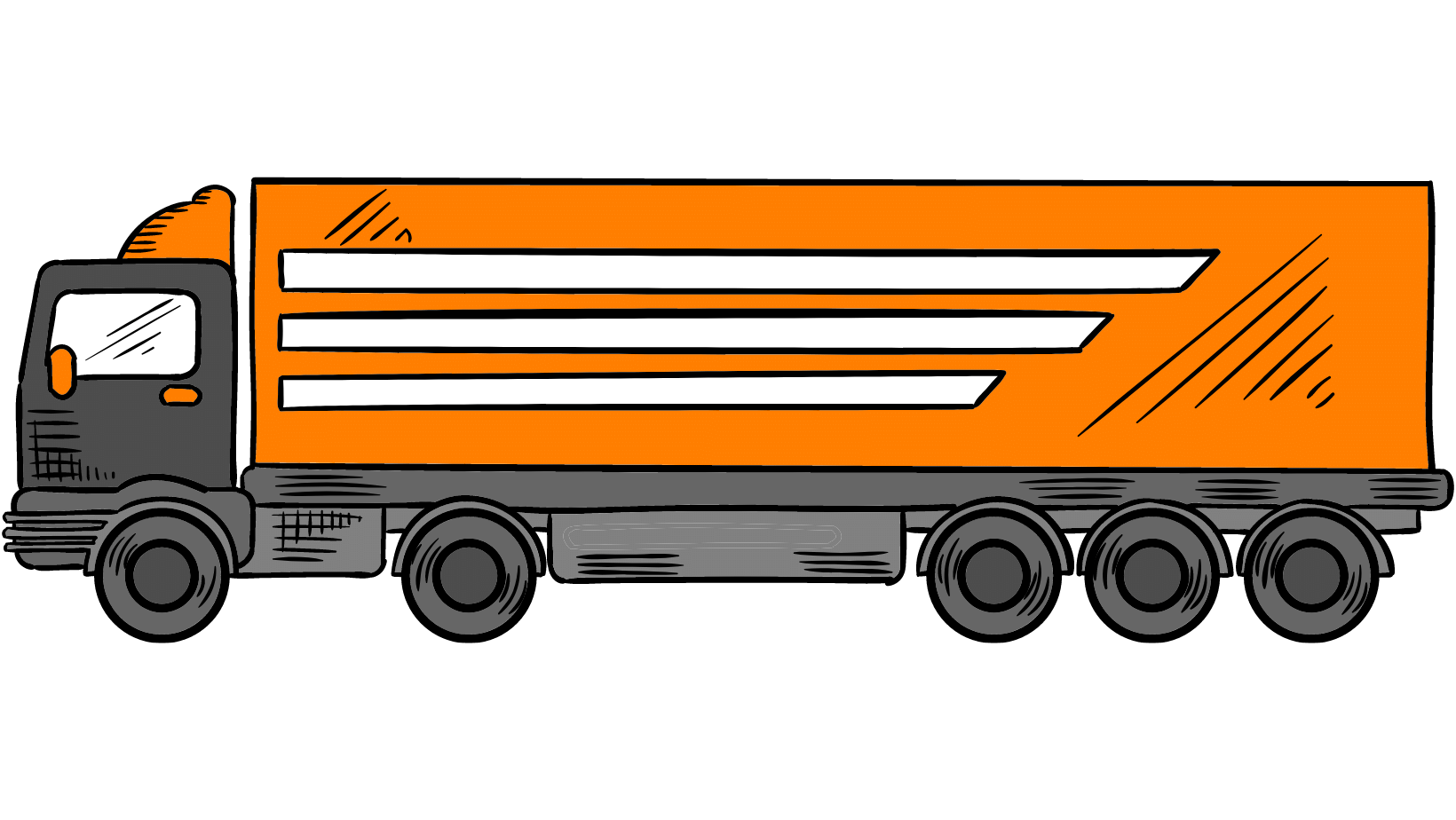 To keep Truck Insurance costs down, trucking companies and fleet managers need to understand how to manage risk. Unfortunately, the trucking industry is filled with risks – driver shortages, vehicle breakdowns, bad weather, deteriorating infrastructure, greater regulatory oversight, injuries, and more. One major collision, lost load, or driver injury can cost your company thousands or even millions of dollars.
To keep Truck Insurance costs down, trucking companies and fleet managers need to understand how to manage risk. Unfortunately, the trucking industry is filled with risks – driver shortages, vehicle breakdowns, bad weather, deteriorating infrastructure, greater regulatory oversight, injuries, and more. One major collision, lost load, or driver injury can cost your company thousands or even millions of dollars.
Understanding how to minimize those risks helps keep your drivers, trucks, and cargo safe. In addition, it allows your operation to run more efficiently and helps protect your company from financial losses (such as higher insurance premiums).
3 Risk Management Strategies
-
Hire the Most Qualified Drivers
Yes, we know there is a driver shortage, and it doesn’t look like that is going to change anytime soon. According to a 2019 American Trucking Association report, if the current trend continues, we could be looking at a shortage of 160,000 drivers in the U.S. by 2028. However, taking the time to recruit, vet, and hire the most qualified drivers will save a great deal of time, money, and headaches down the road.
Here is a step-by-step guide to hiring top-quality CDL drivers. It offers tips such as…
- Create an appealing CDL driver job post that shows what sets your company apart from others and clearly states their responsibilities, requirements, and qualifications.
- Advertise for the position by posting on general sites and boards dedicated to CDL drivers, along with social media. Make sure your job is picked up by Google, ask your employees for referrals, and start a blog or vlog about trucking.
- Thoroughly vet your candidates by Interviewing potential candidates and asking in-depth questions to help you determine how trustworthy they are, how they work under pressure, etc. Have them take a drug test and a road test. Get a Motor Vehicle Records (MVR) report and do a DOT background check.
-
Provide Safety Training
When drivers are involved in motor vehicle accidents, it exposes your company to liability risks, legal expenses, lost time, decreased productivity, and higher insurance costs. Therefore, it is essential to teach your drivers how to deal with the challenges they will face on the road with safety-oriented driver training for new hires and ongoing training. According to the National Safety Council (NSC), implementing a driver safety program will help keep drivers safer and potentially:
- Decrease risk of motor vehicle collisions and traffic violations
- Minimize exposure to liability risks and legal costs
- Reduce insurance premiums and workers’ compensation claims
- Lower vehicle repair bills and replacement expenses
- Protect business operations and brand identity
3. Develop a Positive Culture of Safety
A company with a positive safety culture will often experience increased productivity and engagement and lower employee turnover and injuries. Briotix Health states that a culture of safety “looks beyond specific safety policies and programs [and] captures the mindsets and behaviors towards safety of all company stakeholders–employees, managers, and owners.” Your company needs to make safety a top priority and get buy-in from all levels of the organization.
To determine if your company has a positive culture of safety, ask yourself these questions:
- Does management genuinely value employee safety?
- Do employees feel empowered and take ownership over their own (and co-workers’) safety?
- Is your business investing in safety programs and equipment?
Keep Truckin, Inc offers six tips for managers to create a culture of safety for their drivers:
- Set the right example
- Communicate clearly and often
- Prioritize training and coaching
- Follow up and follow-through
- Recognize safe drivers
- Implement a fatigue management policy
Lower Your Truck Insurance Costs Today!
Another way to lower your truck insurance costs is to work with the experienced independent agents at American Insuring Group. They will shop and compare truck insurance coverage among lots of competing carriers to make sure you receive the right coverage at the lowest cost.
→ Give us a call today at (800) 947-1270 or (610) 775-3848, or connect with us online.



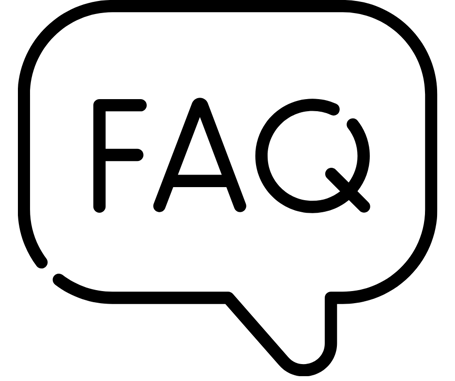 We get a lot of questions about
We get a lot of questions about 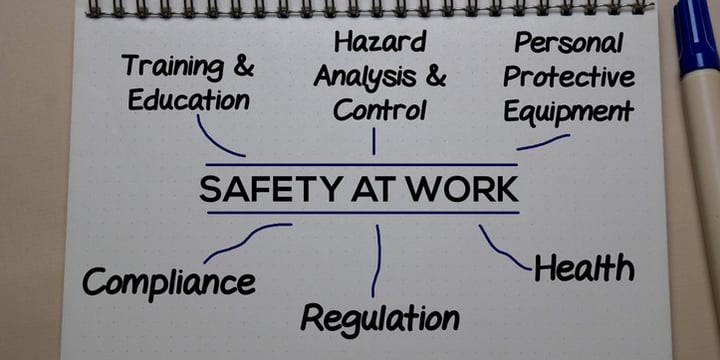 Finding and retaining good employees is often cited as one of the biggest challenges employers face, and the current labor shortage isn't making it any easier. Hiring new employees can be time-consuming, frustrating, and costly. According to
Finding and retaining good employees is often cited as one of the biggest challenges employers face, and the current labor shortage isn't making it any easier. Hiring new employees can be time-consuming, frustrating, and costly. According to  Sprains and strains – known as musculoskeletal disorders (MSDs) - are costing construction companies millions of dollars every year in higher
Sprains and strains – known as musculoskeletal disorders (MSDs) - are costing construction companies millions of dollars every year in higher 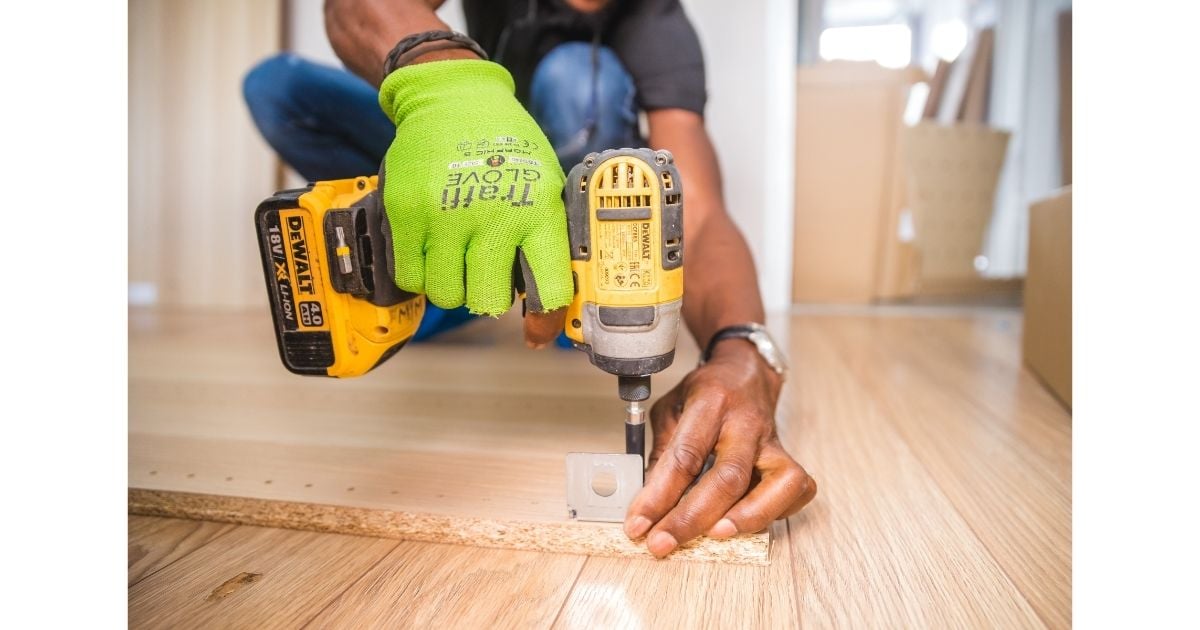 The COVID pandemic created a shift in the number of Americans working from home and has caused some gray areas for
The COVID pandemic created a shift in the number of Americans working from home and has caused some gray areas for 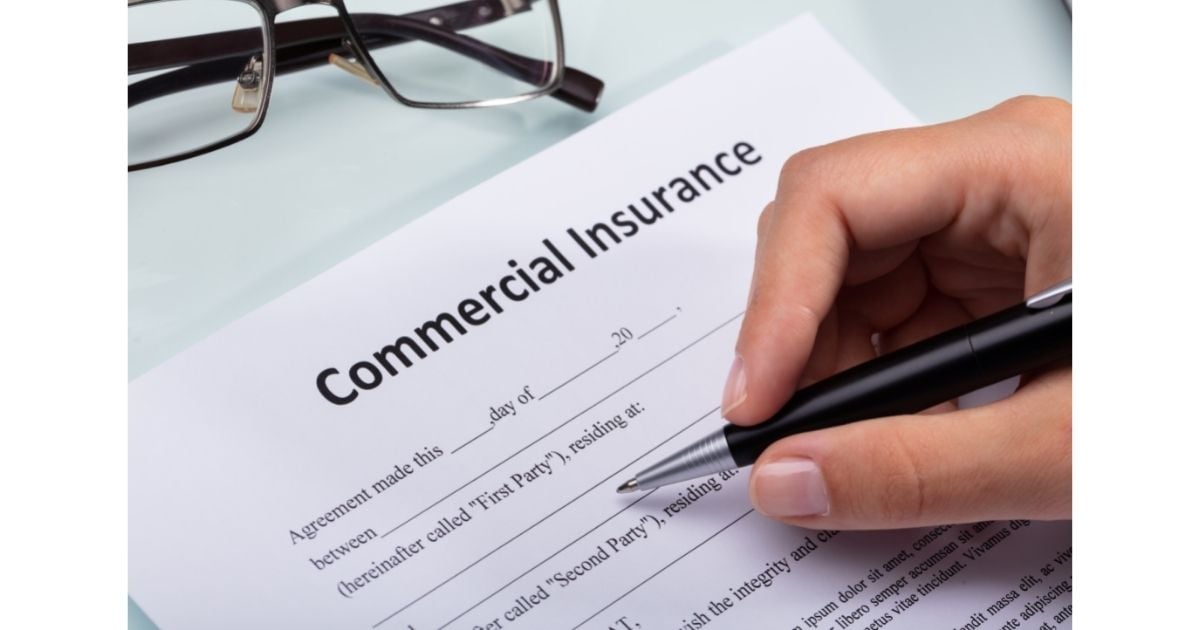 Owning a small business can be an extremely rewarding experience, but it also comes with its share of risks that can impact the success of your business – employee injuries, fires, lawsuits, thefts, and the list goes on.
Owning a small business can be an extremely rewarding experience, but it also comes with its share of risks that can impact the success of your business – employee injuries, fires, lawsuits, thefts, and the list goes on.

